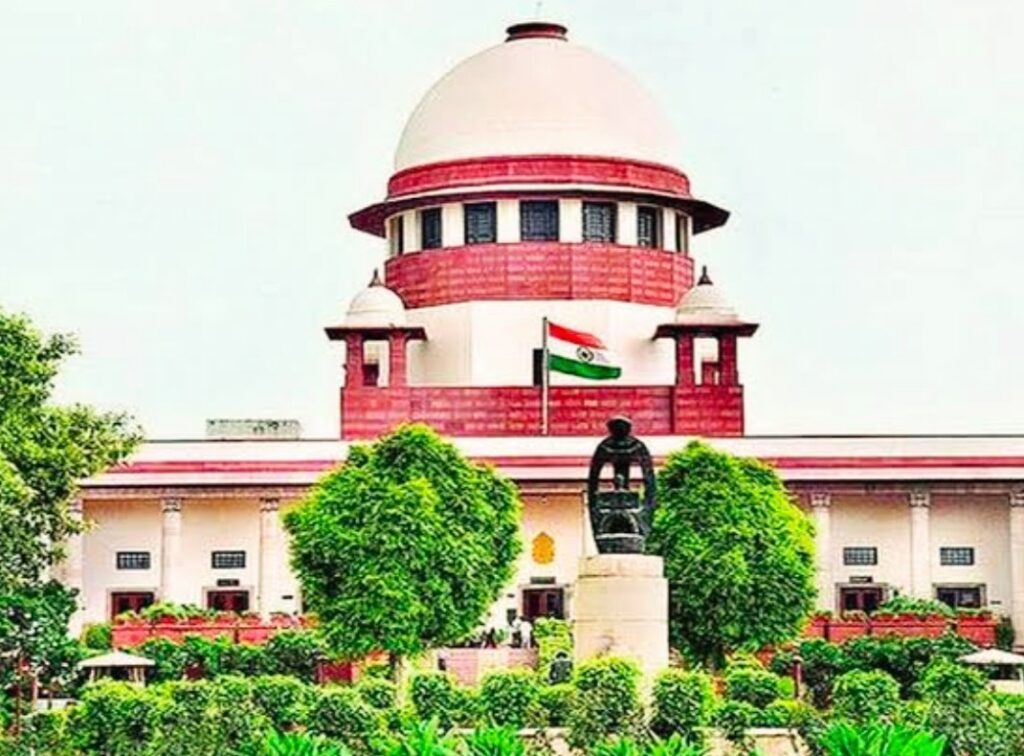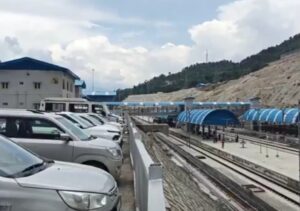Supreme Court directs Identification of Creamy Layer in SC/ST Communities for Reservation Benefits

In a pivotal development in affirmative action policy, the Supreme Court of India has called for the identification of the ‘creamy layer’ among Scheduled Castes (SC) and Scheduled Tribes (ST) to ensure that reservation benefits are targeted at those who remain socio-economically disadvantaged.Currently, the principle of excluding the creamy layer is applied only to Other Backward Classes (OBCs), not SC/STs.
However, in a recent ruling, four of the seven judges on the bench—Justice BR Gavai, Justice Pankaj Mithal, Justice Subash Chander Sharma & Justice Vikram Nath supported the idea of extending this principle to SC/STs.
Justice Gavai, in his concurring judgment, emphasized that the ultimate goal of reservation is to achieve genuine equality. He stated, “The state must develop a policy to identify the creamy layer among the SC/ST category and exclude them from the benefits of affirmative action. This is essential for attaining true equality.” While Chief Justice DY Chandrachud and Justice Manoj Misra refrained from commenting on this aspect, Justice Bela Trivedi delivered a dissenting judgment.
The debate on extending the creamy layer concept to SC/STs was previously addressed during hearings in February, reflecting ongoing discussions about the effectiveness of the reservation system in addressing persistent inequalities. Justice Gavai highlighted a significant issue then: “When a person from the SC or ST communities secures high-ranking positions such as IAS, IPS, or IFS, their children no longer face the same disadvantages as those still residing in villages. Despite this, reservations continue to benefit their descendants.”
Justice Gavai’s comments reflects a growing concern about the effectiveness of the reservation system in addressing the needs of the truly disadvantaged within these communities. The proposed identification of the creamy layer aims to ensure that affirmative action resources are directed toward those who continue to face significant socio-economic challenges, rather than benefiting individuals and their descendants who have already achieved substantial socio-economic mobility.





